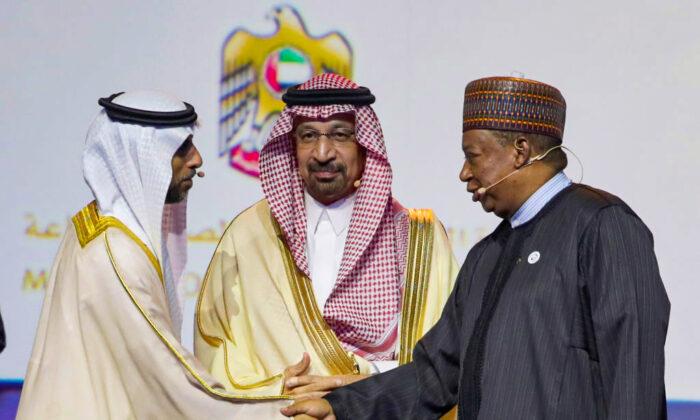Brent crude oil prices rose as OPEC+ members met Thursday to discuss production policy for July amid a decline in Russian output. The oil market kept a close eye on the meeting, which includes the 13 Organization of the Petroleum Exporting Countries (OPEC) nations and 10 non-OPEC partners, including Russia.
August futures of Brent crude, the global oil benchmark, were trading at $117.59 per barrel as of 5:30 pm UTC, June 2, up from the day’s opening of around $114.41. Since falling below $100 per barrel in mid-March, Brent oil prices have largely traded above the level. In the past few days, an uptrend has formed, although oil prices fell immediately ahead of the OPEC+ meeting. Compared to May 11, when oil was trading at around $101.45, current prices are up by more than 14 percent.
During the meeting, the group agreed to boost output by 648,000 barrels per day in July, and similarly in August. Russian production has fallen by roughly 1 million barrels per day after the country was sanctioned by Western powers for its attack on Ukraine.
The EU recently agreed to place an embargo on Russian oil and petroleum products. It has also proposed new sanctions on the shipping industry that could make it more difficult for Russia to export its oil. The Kremlin insists that it can re-route oil exports to compensate for some of the losses arising from EU sanctions.
According to Bjarne Schieldrop, chief commodities analyst at SEB, an investment bank, a breakup of the OPEC+ group will allow United Arab Emirates (UAE) and Saudi Arabia to use their spare capacities to raise output. However, he is doubtful whether these moves will ease the pressure on global oil markets.
On Wednesday, Russian Foreign Minister Sergei Lavrov expressed hope that his country will continue working with OPEC.
Meanwhile, oil prices are also getting a boost from China’s emergence from COVID-19 lockdowns. A lockdown placed on Shanghai, home to 25 million residents, ended at June 1 at midnight.





